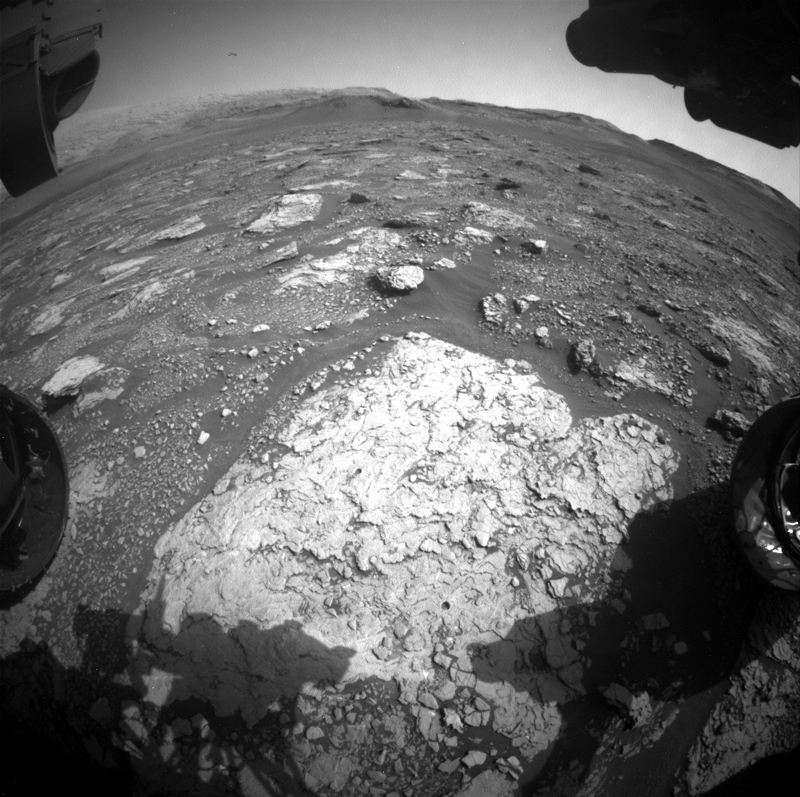3 min read

Nope, that’s not a red star hanging low in the sky. Right now, Mars is one of the brightest objects in the sky, outshining even Jupiter (the waning Moon and late rising Venus will make it even easier to see Mars in all her glory), due to the close timing of both the Martian opposition and perihelion.
Opposition (when Mars and the Sun appear to be on opposite sides of the sky) occurs every 26 months. Mars appears to rise in the east as the Sun sets in the west, not setting until the Sun rises again in the east. As per NASA, every 15-17 years, opposition occurs within a few weeks of Mars’ perihelion, the point in its orbit when it is closest to the sun, which occurred this year on Aug. 3rd. Closest approach to Earth occurred on Oct. 6th, when Mars was a mere 38.6 million miles from Earth (closest approach in 15 years, not to be beaten until 2052) and full opposition on Oct. 13th. Mars and Curiosity feel almost close enough to touch!
Whilst we gaze upwards admiring the result of this “perihelic opposition” (not to be repeated until 2035), Curiosity will be hard at work, taming the “Groken,” our 29th successful drill hole on Mars. Today’s plan saw us transition into the analysis part of our drill campaign sol path. We have practiced this quite a bit now, having drilled six holes in the past 9 months, three of which are on the bedrock slab in front of us (see image above). Sample will be delivered to CheMin to determine the mineralogical composition of this sample. Although Curiosity is currently closer to home than at any point in her mission, we will still have to wait until the weekend for the results. As we wait, ChemCam is documenting the drill hole, and some additional bedrock targets here, along a fracture in the drilled bedrock (“Fladdabister” and “Glendaruel”) and on a neighboring bedrock slab (“Melby Fish Beds”). Mastcam will document the ChemCam targets, in addition to taking images of the CheMin inlet before and after the sample is dropped off, and a tau (atmospheric opacity) measurement for the ENV group.
Mars will not be this close again until 2035, so get out this week and wave at Curiosity before Mars starts to wander back outwards, moving slowly but surely away from us.
Written by Catherine O'Connell-Cooper, Planetary Geologist at University of New Brunswick







